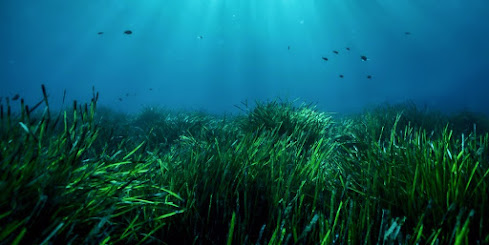A University of Guam archaeological study has determined that cowrie-shell artifacts found throughout the Marianas were lures used for hunting octopuses and that the devices, which have been found on islands across the Pacific, are the oldest known artifacts of their kind in the world.
The study used carbon dating of archaeological layers to confirm that lures found in Tinian and Saipan were from about 1500 B.C., or 3,500 years ago.
“That’s back to the time when people were first living in the Mariana Islands. So, we think these could be the oldest octopus lures in the entire Pacific region and, in fact, the oldest in the world,” said Michael T. Carson, an archaeologist with the Micronesian Area Research Center at UOG.
The study, titled “Let’s catch octopus for dinner: Ancient inventions of octopus lures in the Mariana Islands of the remote tropical Pacific,” is published in World Archaeology, a peer-reviewed academic journal. Carson, who holds a doctorate in anthropology, is the lead author of the study, assisted by Hsiao-chun Hung from The Australian National University in Canberra, Australia.
The fishing devices were made with cowrie shells, a type of sea snail and a favorite food of octopuses, that were connected by a fiber cord to a stone sinker and a hook.
They have been found in seven sites in the Mariana Islands. The oldest lures were excavated in 2011 from Sanhalom near the House of Taga in Tinian and in 2016 from Unai Bapot in Saipan. Other locations include Achugao in Saipan, Unai Chulu in Tinian, and Mochom at Mangilao Golf Course, Tarague Beach, and Ritidian Beach Cave in Guam.

















.jpg)